Understanding May's ISM Manufacturing PMI
A big drop in new orders, falling backlog and inventories, and a decline in prices sets the stage
The ISM Manufacturing PMI report provides valuable insights into the health of the manufacturing sector, which is an important component of the overall economy, accounting for about a quarter of business contribution to GDP.
The manufacturing sector contracted in May for the seventh month, coming in at a reading of 46.9% vs a forecast of 47%. Slipping 0.2 from the reading for April, which was 47.1%.
The State of New Orders
A key component of the PMI is the New Orders Index, which measures the change in new orders at the manufacturing level. In May, this index stood at 42.6%, indicating a contraction in new orders for the ninth consecutive month. This is a significant concern as new orders are a leading indicator of future manufacturing activity.
A decrease in new orders suggests that manufacturers are receiving fewer orders, which could lead to a slowdown in production, lower employment levels, and ultimately, an even deeper contraction in the manufacturing sector.
Prices: A Silver Lining?
Despite the contraction in new orders, one positive sign in May's PMI report was the decrease in prices. The Prices Index, which measures the change in raw materials prices, showed a decrease coming in at 44.2%.
This decrease suggests that as manufacturers are seeing lower demand and lower raw material prices, they are dropping prices on products in an effort to stimulate demand. But with new orders coming in as low as they are, that effort may not be working as hoped.
The silver lining is this helps to reduce goods inflation, but that silver lining does come at a cost. A slowing economy.
Backlogs and Inventories: More Signs of Falling Demand
The PMI report also provides insights into inventories and backlogs, both of which continued to fall in May. Backlogs are falling significantly, with a 37.5% reading.
The Inventories Index measures the change in raw materials inventories, while the Backlog of Orders Index measures the change in order backlogs. A decrease in both these indices suggests that demand is contracting.
Manufacturers are reducing their inventories in response to lower demand, and they're also working through their backlogs, which could lead to a slowdown in production if new orders don't pick up.
Customer Inventories: Elevated and Growing
The customers of these manufacturers are seeing their inventories at elevated levels, which are growing at a slow rate. This is one reason why we don’t see a lot of growth in manufacturing coming. We need to see existing inventories worked through, but consumers remain rather conservative with their retail spending.
Looking Ahead: Economic Slowing
Given the contraction in the ISM Manufacturing PMI index and its components, this leading economic indicator continues to suggest economic slowing ahead.
The decrease in new orders, the fall in backlogs and inventories, and the reduction in prices all point to a potential slowdown in the manufacturing sector, which could impact the broader economy. We also saw a fair amount of job losses in manufacturing, per ADP data today.
A theme of 2023 has been weakness within energy, financials, materials, industrials, and other sectors that are cyclical along with the manufacturing industry, suggesting that the economic slowdown is having a broader impact on the “older economy” stocks.
Year-to-date strength has instead been concentrated in larger market cap tech and growth stocks, with the most narrow breadth we’ve seen in about 23 years.
As we navigate the end of this credit cycle, and the increasing potential of a recession in the back half of this year, many leading economic indicators, including the Conference Board’s Leading Economic Index, suggest that possibility is rising.
In closing, we continue to see mixed signals, with labor in the services industry remaining strong, but manufacturing weakening. But we believe that as time goes on that weakness is likely to spread to the services industry and the larger economy as well.
We will continue to monitor key economic data as it comes out to shape our outlook, and the macro themes that create actionable ideas for longer-term swing trades and investments.

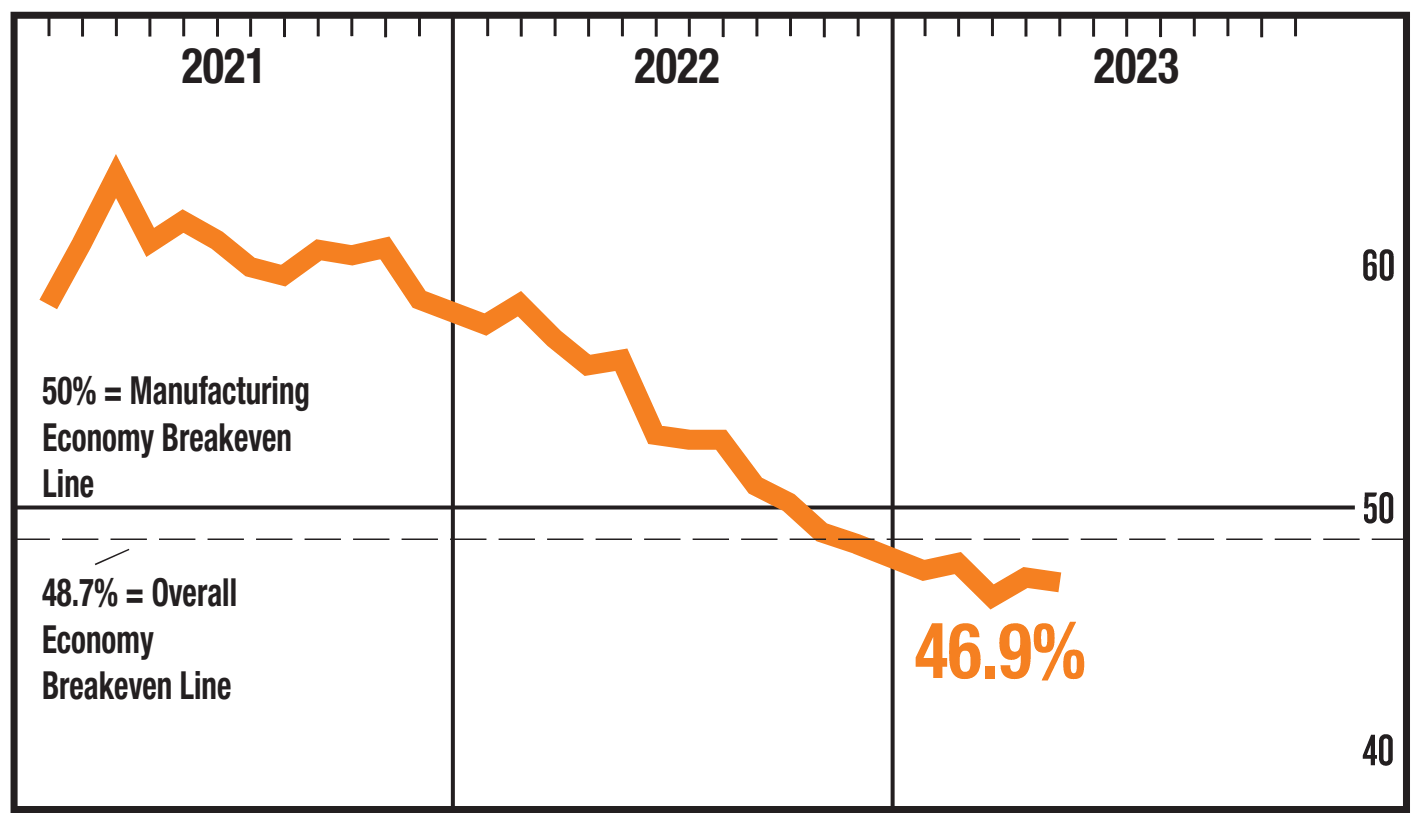

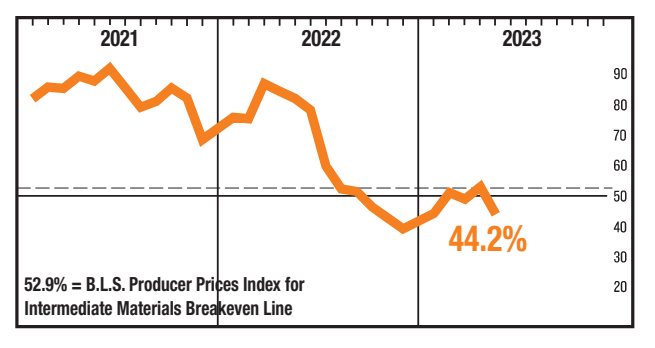
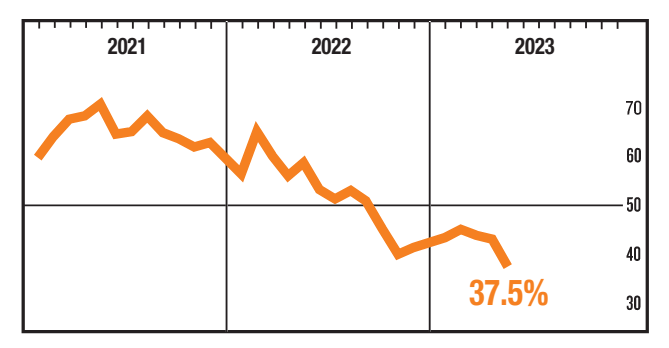
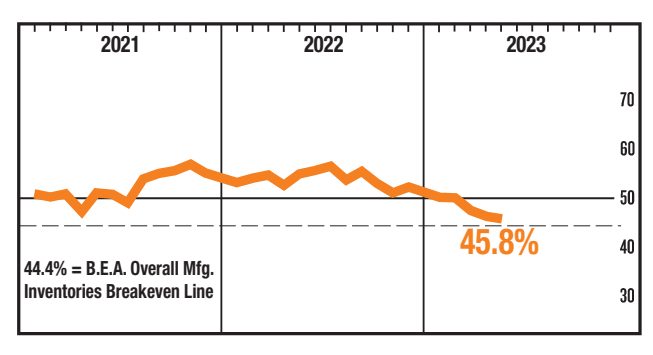
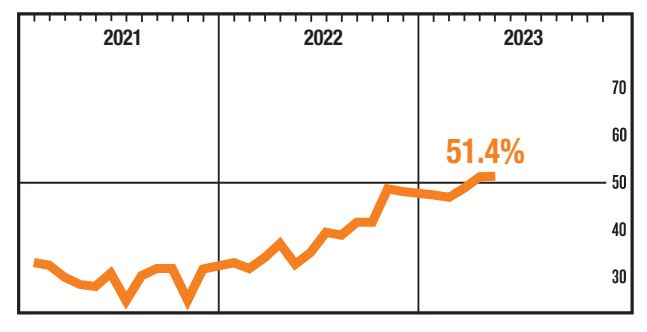
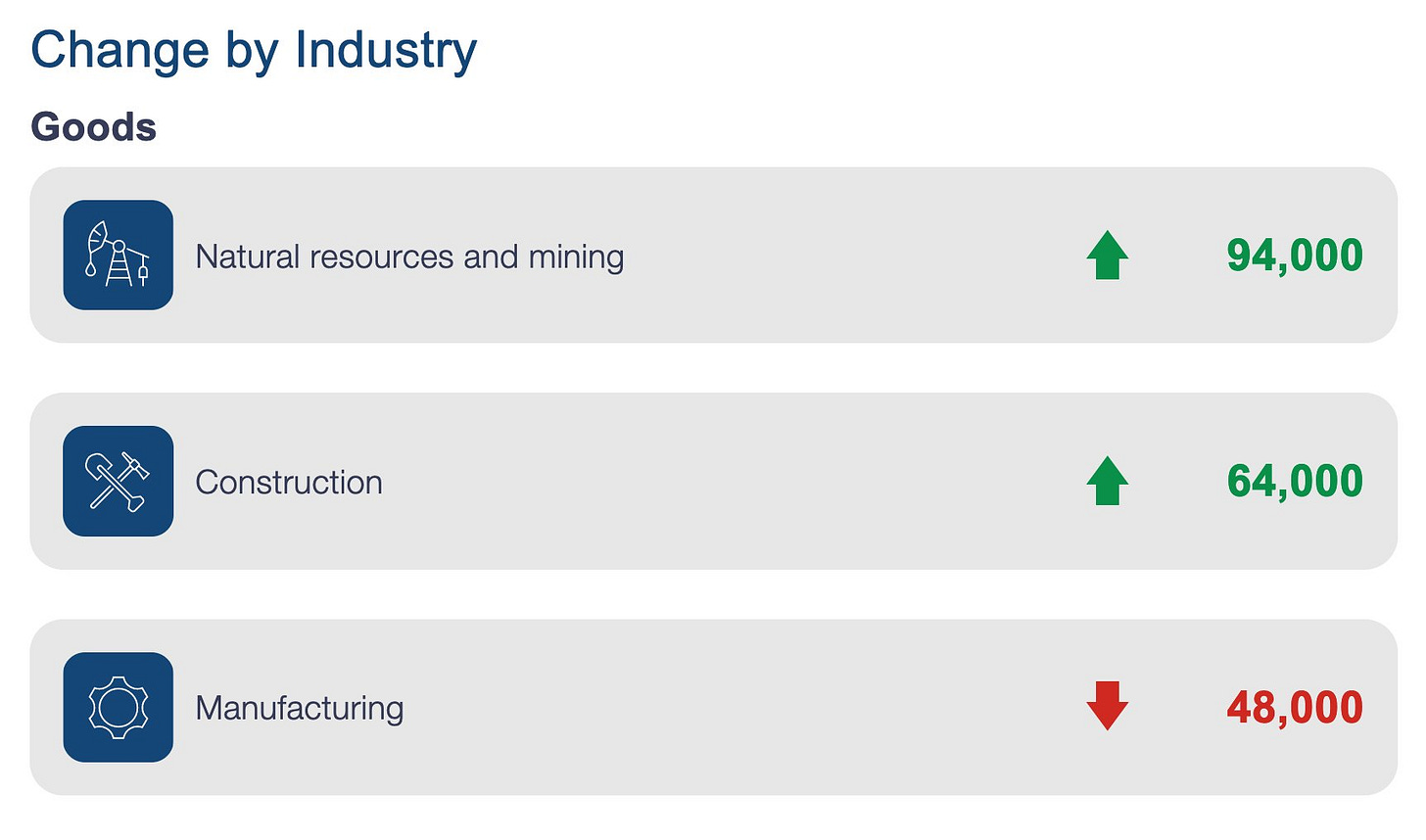

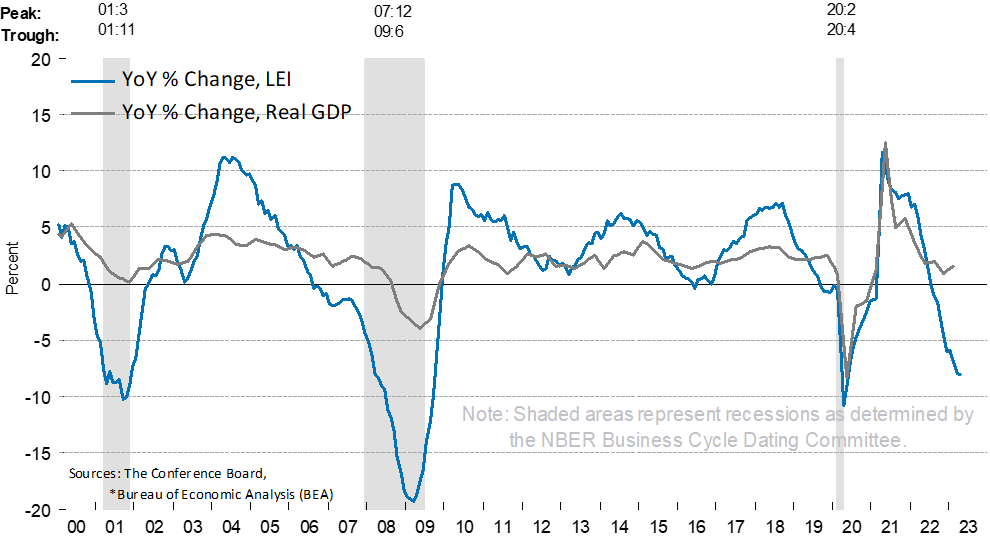
Thank you for this in depth break down. Really hit home.